Digital audio 06
Analogue to digital audio conversion - The two primary parameters
- Video
- Script
Welcome to this video on the two primary parameters of analogue to digital audio conversion.
Analogue to digital audio converters work by repeatedly measuring the amplitude of an incoming electrical pressure soundwave, and outputting these measurements as a long list of binary bytes. Each byte represents a single measurement. In this way, a mathematical "picture" of the shape of the wave is created.
If you are unfamiliar with basic sound wave theory you may wish to watch our sound wave videos playlist before continuing.
Caption- Join the dot pictures
Remember join-the-dot pictures? To produce a good image you must have both a sufficient number of dots to capture the detail of the shape of the subject AND the dots must be positioned accurately.
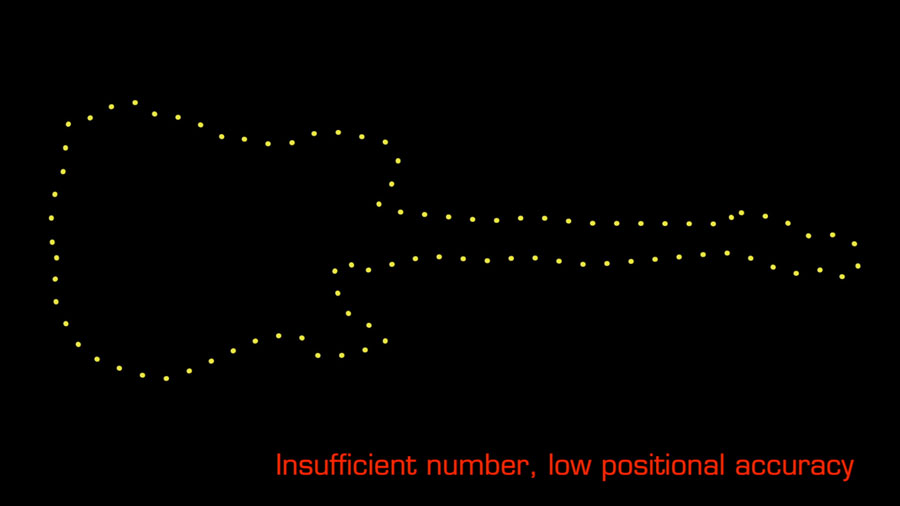
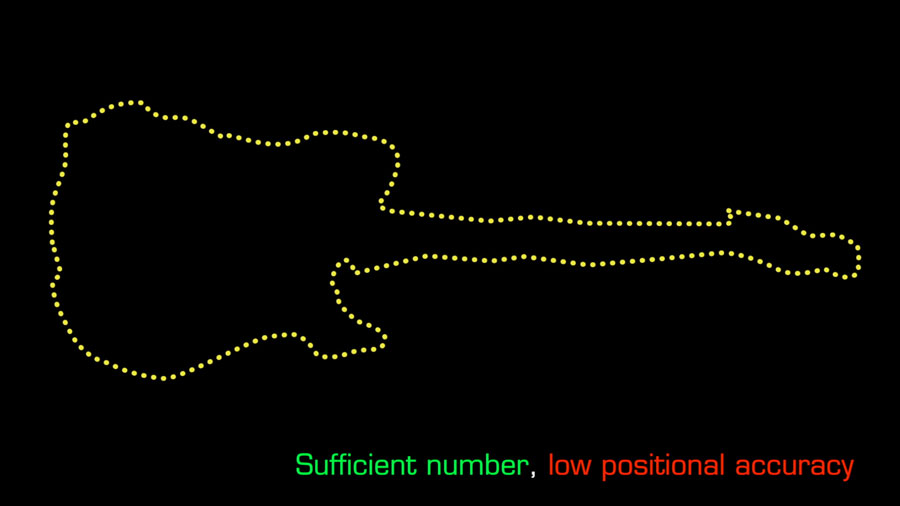
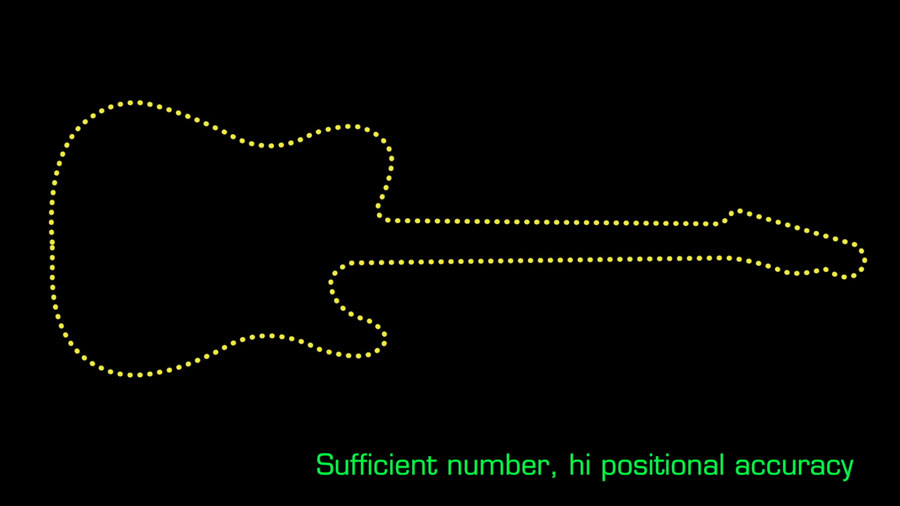
In short, quality in a join-the-dots picture depends on ...
The number of dots
.. and ..
The accuracy of the positioning of the dots
Creating a good quality digital audio signal depends on 2 similar parameters.
Caption - The 2 primary conversion parameters (or settings)
In analogue to digital audio conversion, each measurement of amplitude is called a sample, and is recorded as a single binary byte.

The accuracy of each sample measurement is determined by the word length of the byte.
Therefore, the 2 primary parameters which control the quality of the analogue to digital audio conversion process are ..
Sample rate, which is the number of measurements of amplitude taken per second
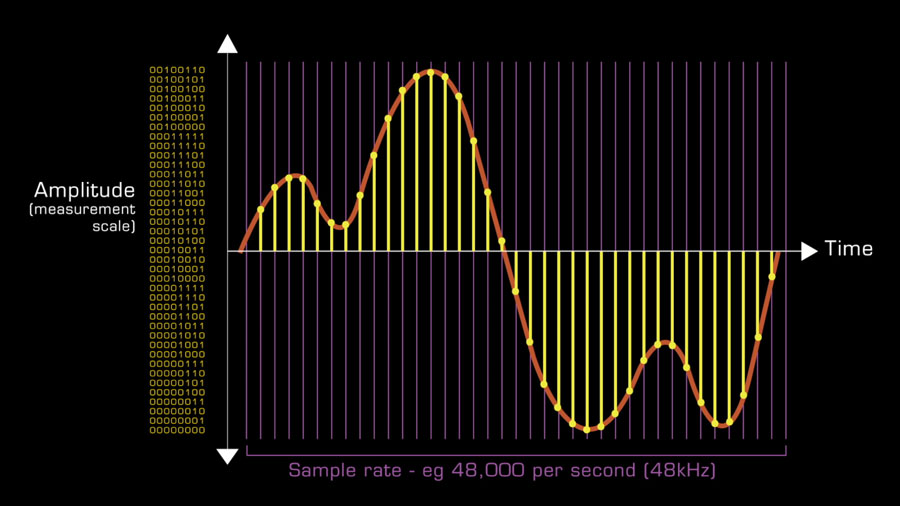
.. and ..
Word length, which determines the accuracy of each measurement
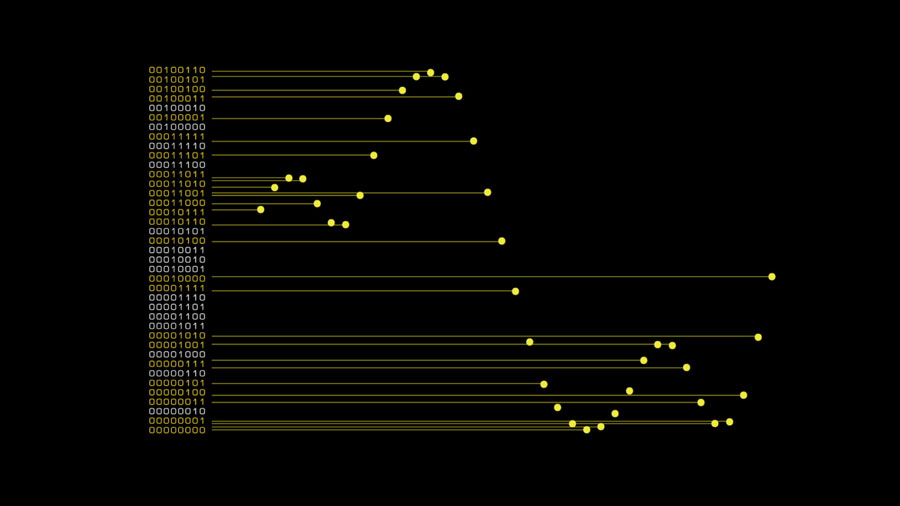
Both of these parameters require detailed explanation in order for studio owners to make informed choices when choosing settings for them. Please watch our other videos on sample rate and word length.
Caption - Thanks for watching
The script for this video, with accompanying images, can be found at projectstudiohandbook.com
We suggest you subscribe at our YouTube channel, and join our mailing list at our website to receive notification of new videos, blog posts and subscriber only extras.
Thanks for watching.